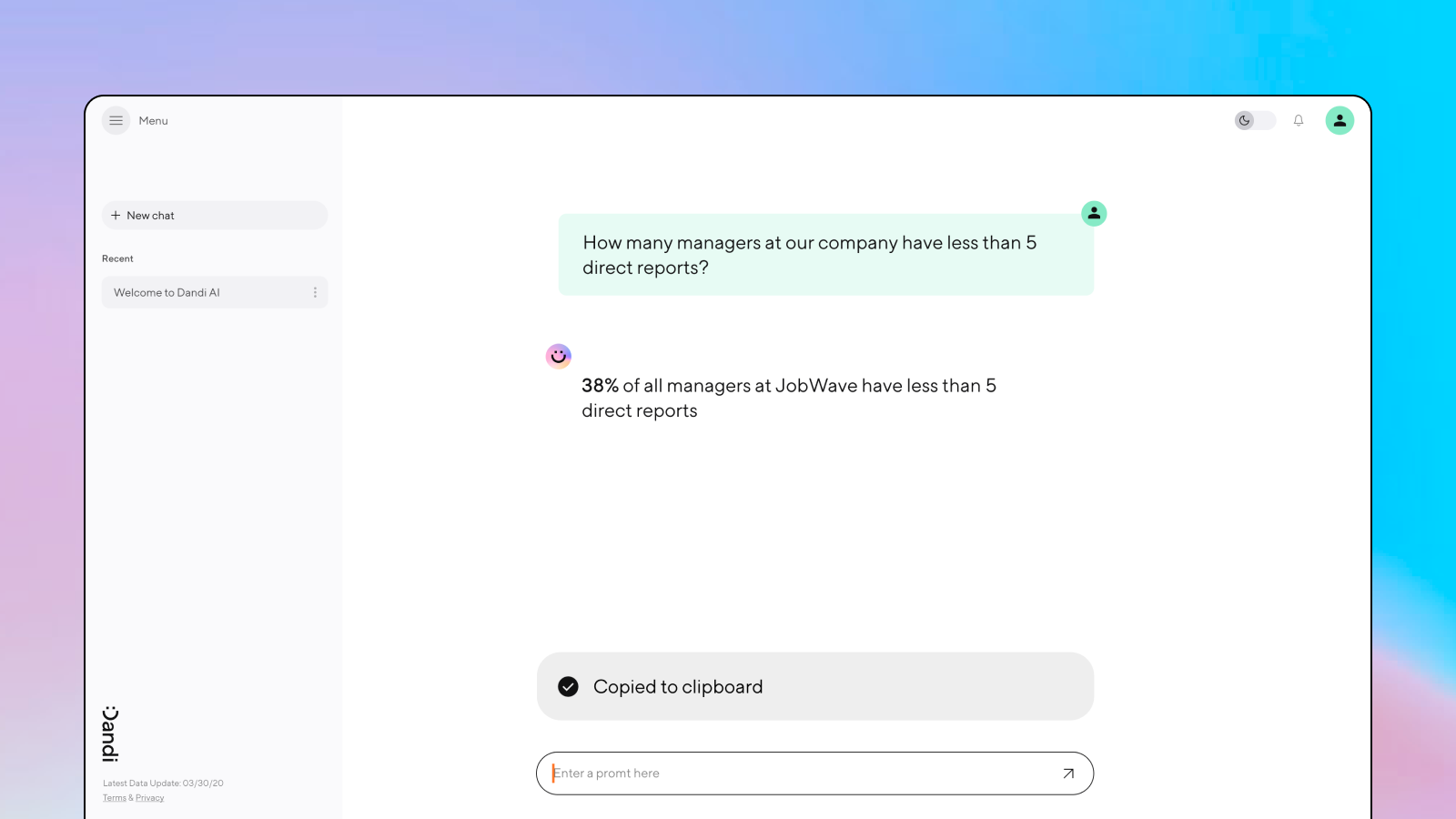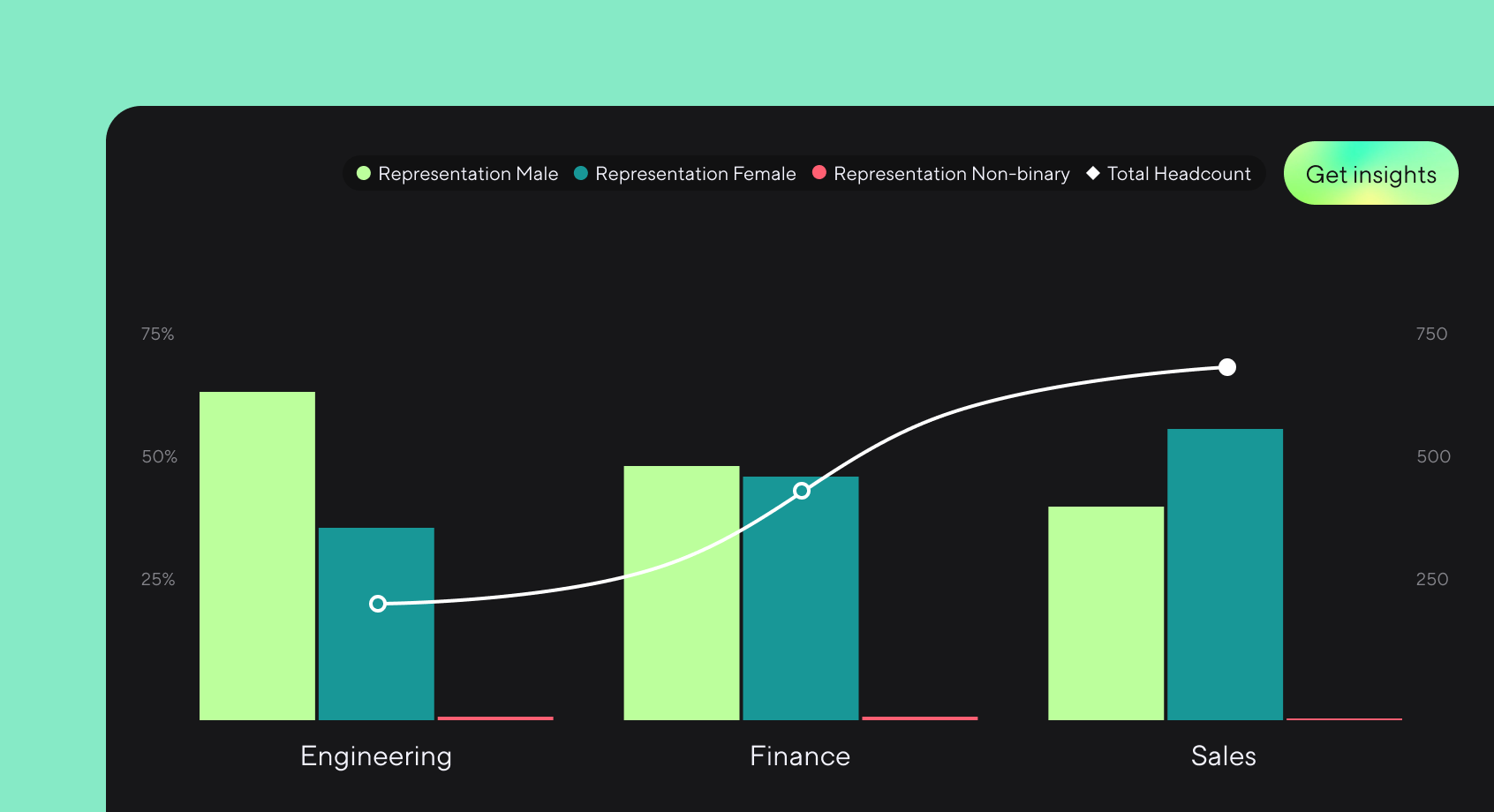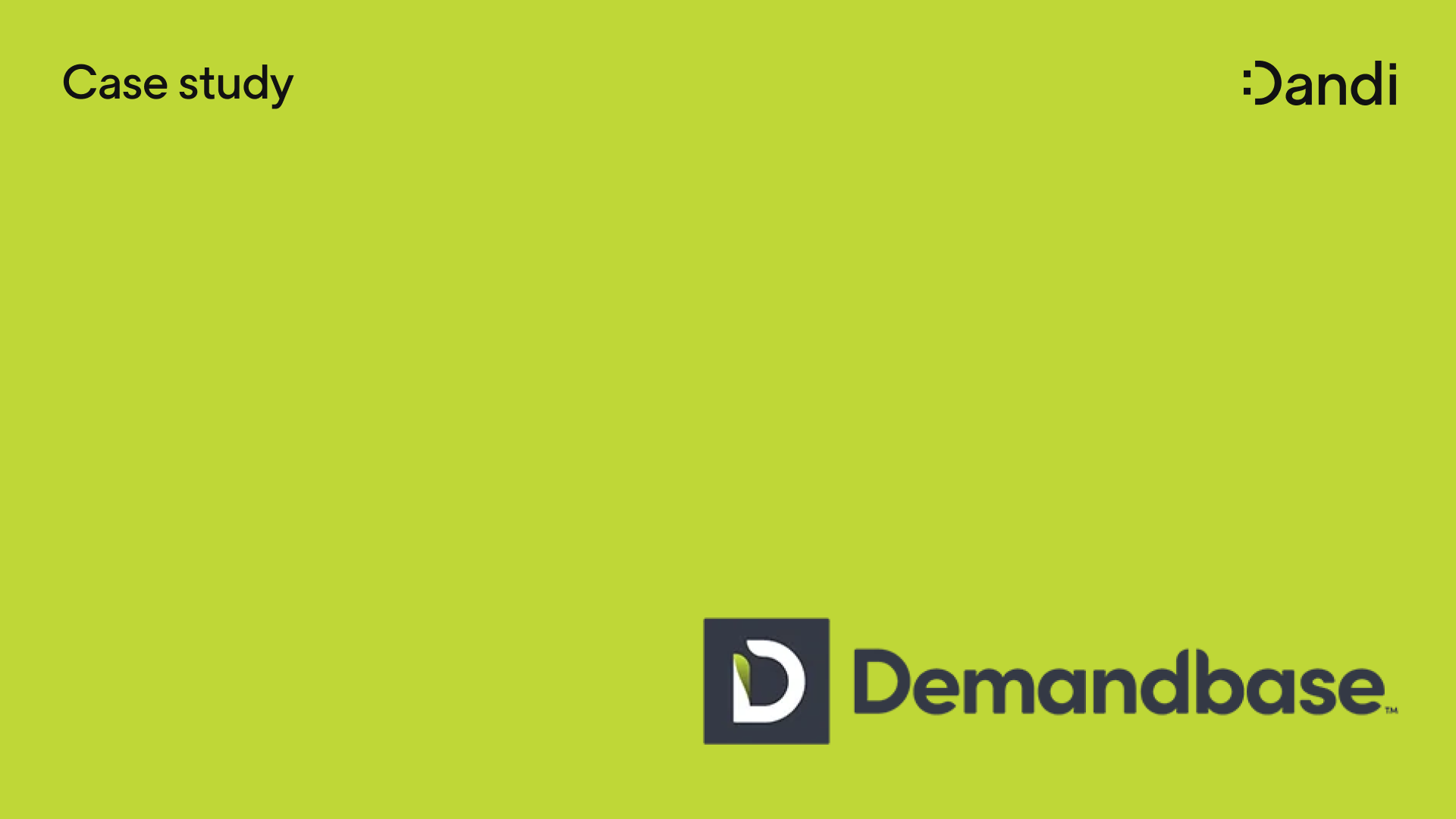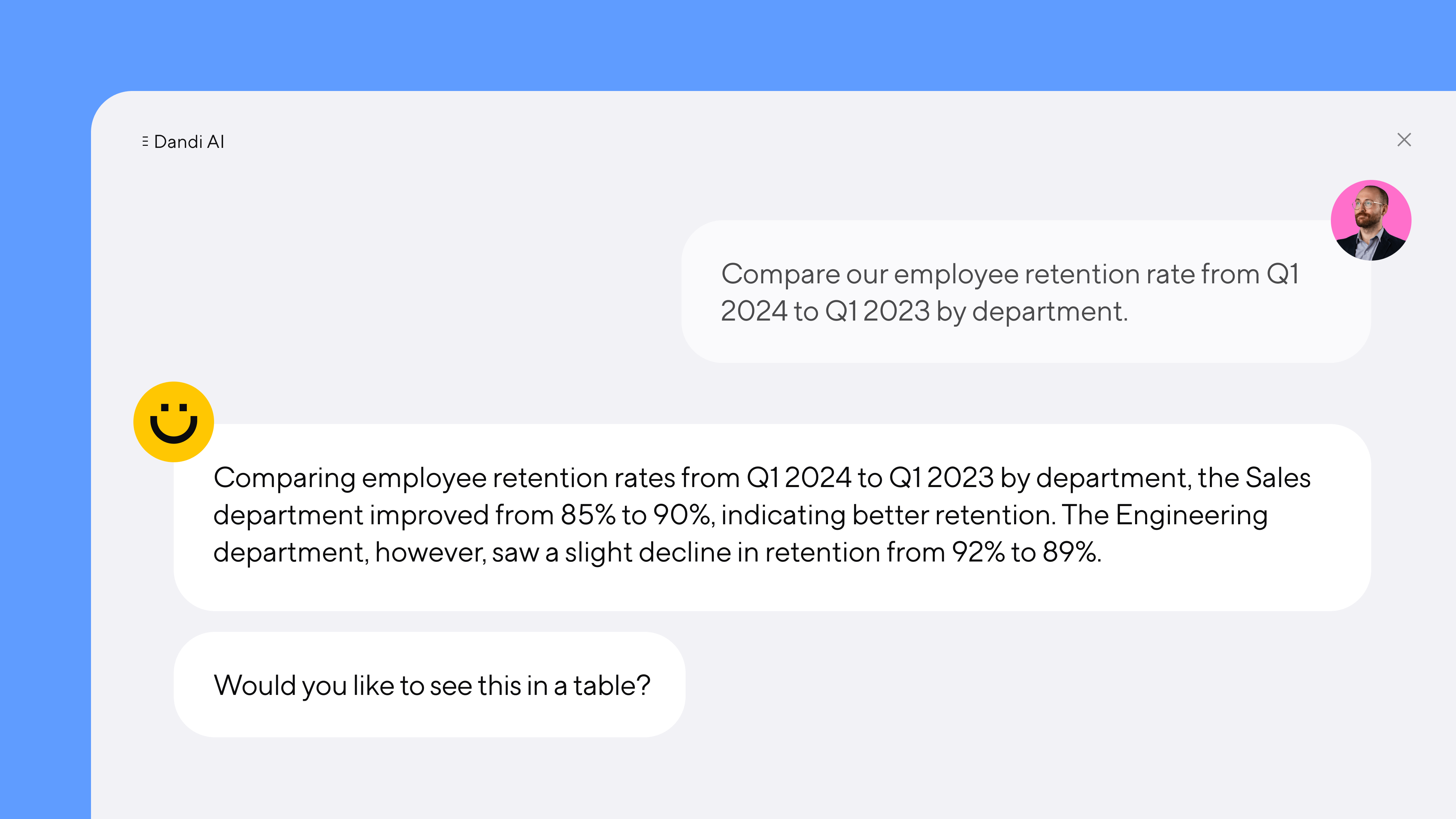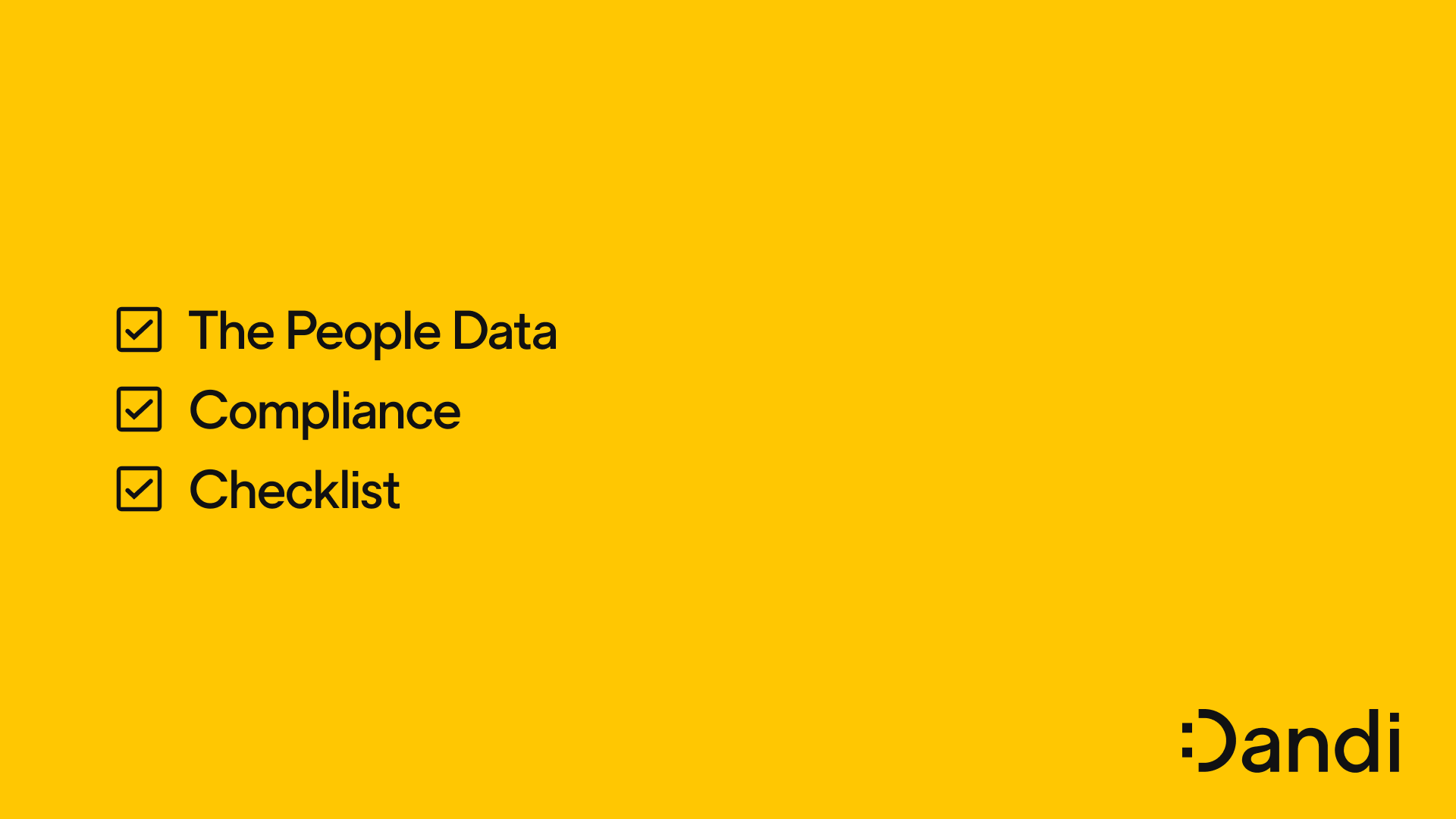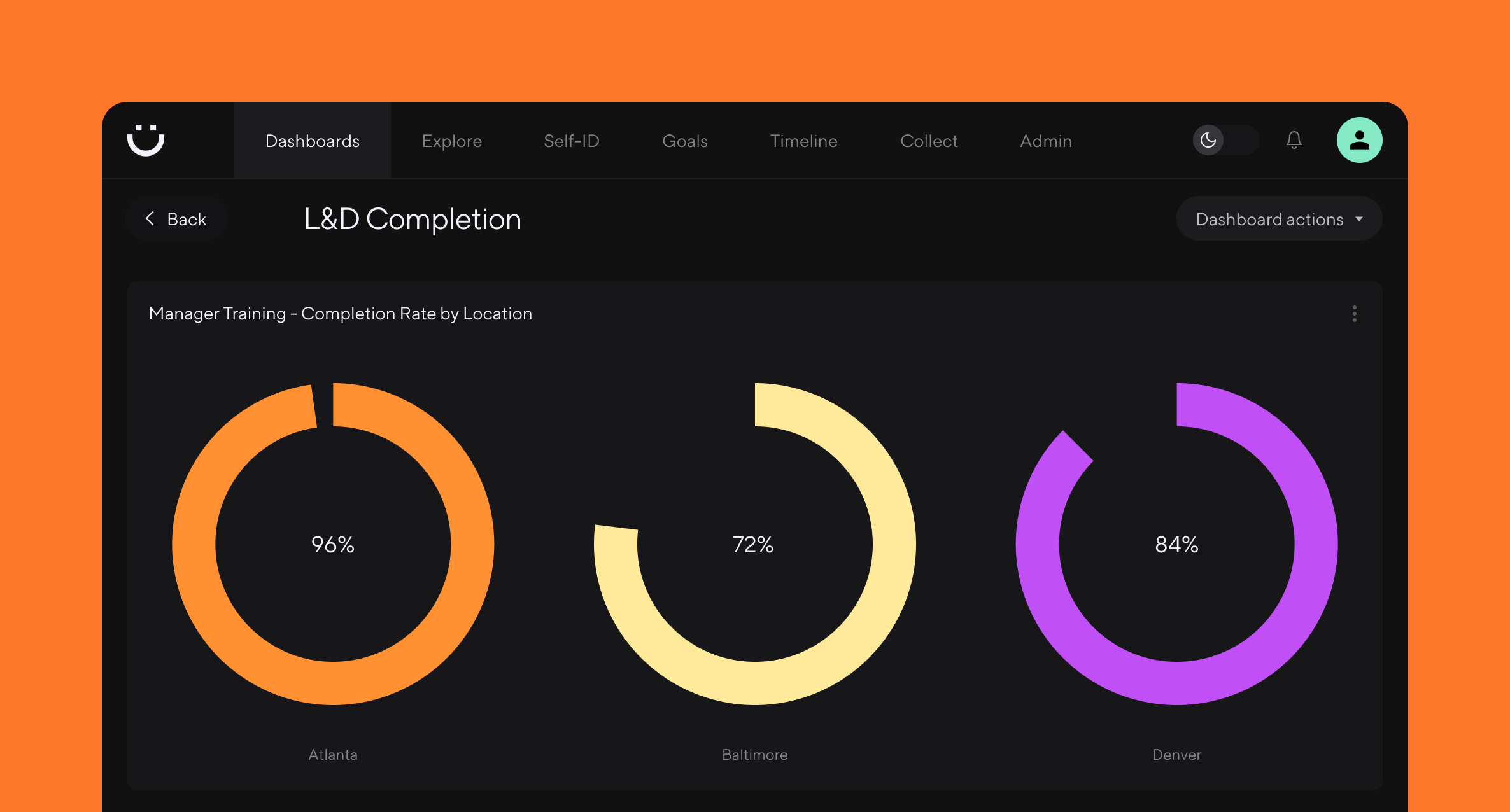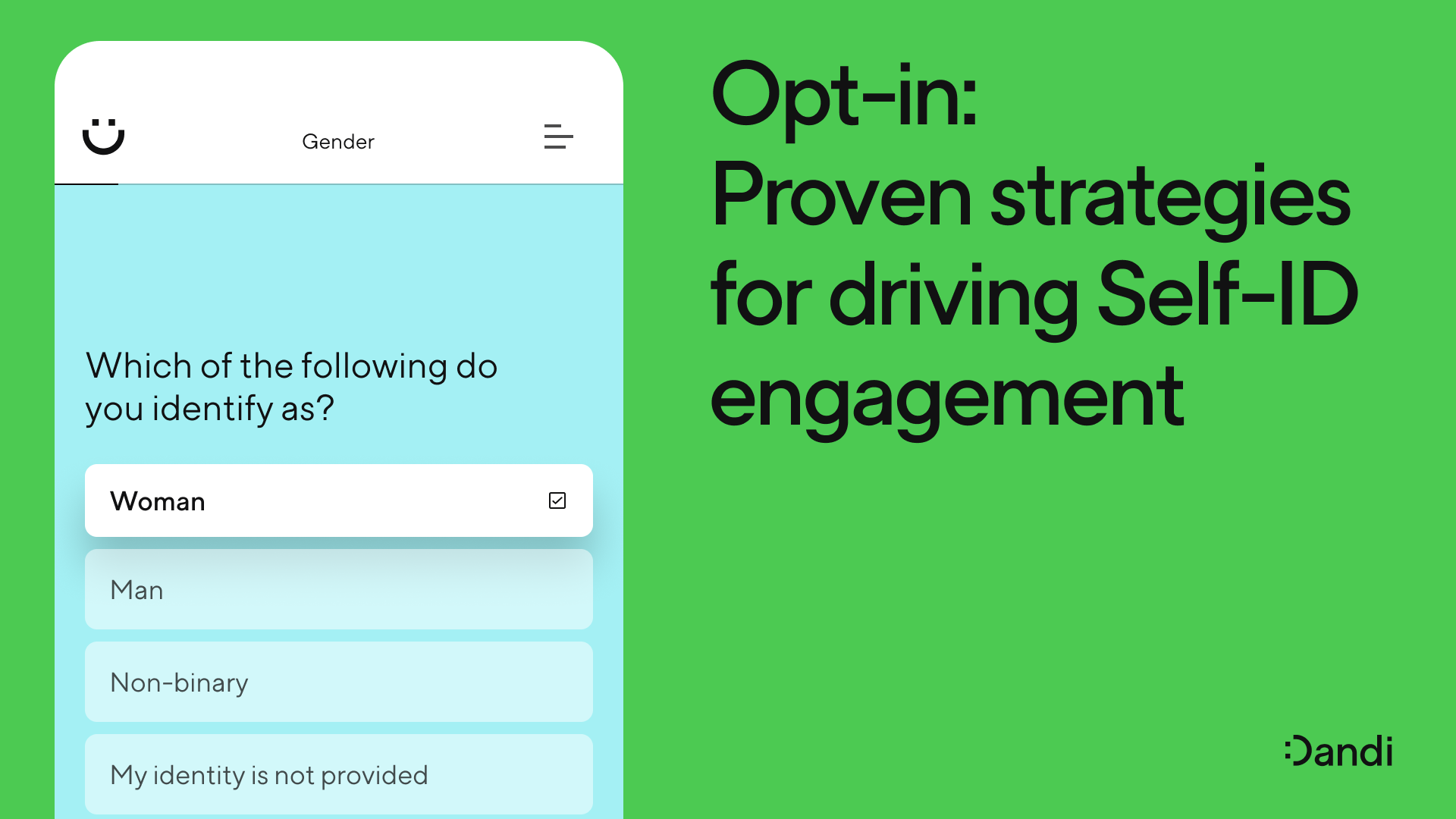The New Maturity Model for HR Data
Catherine Tansey – Sep 5th, 2024
Once upon a time, more advanced analytics meant increased complexity. However, the advent of generative AI is turning the traditional maturity model for HR data on its head.
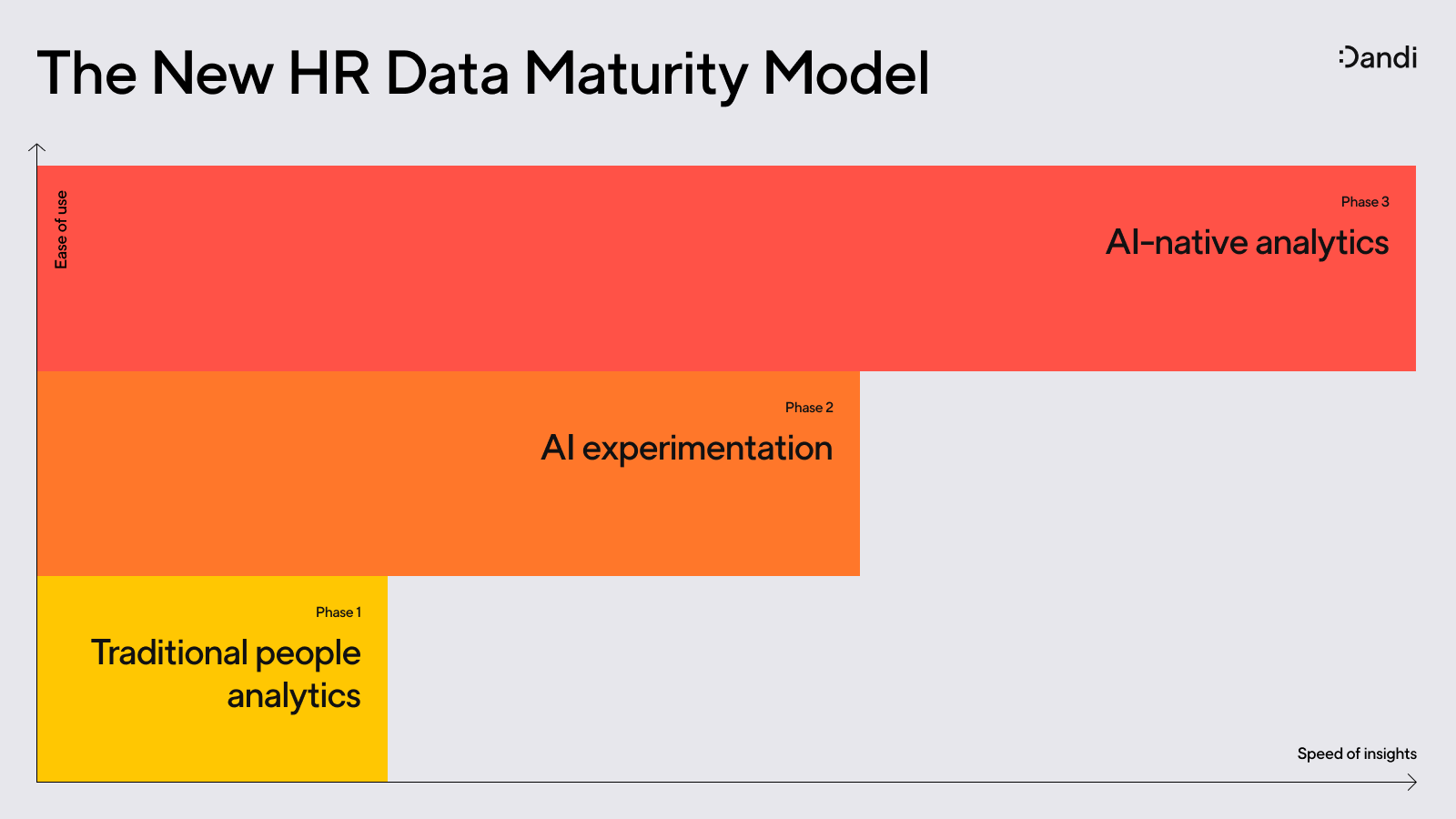
Working with HR data has never been easy.
Extracting insights from raw data is time consuming and expensive, which puts many organizations in a bind: while being data-driven is essential, it comes at a huge operational cost.
However, with the advent of generative AI, new opportunities are emerging for HR leaders to do more with data, far more efficiently.
"Generative AI has completely upended what’s possible with HR data," says Jeff Fernandez, CEO and co-founder of Dandi.
This paradigm shift calls for a reevaluation of how organizations approach HR data workflows and management.
The Need for a New Maturity Model
Data maturity models serve as frameworks to assess a company's ability to create, manage, and effectively use data. These models not only measure a company’s potential to extract insights from data but also evaluate how well they actually do so.
Evolving your HR data workflows in the age of AI means more team members can play the part of data analyst, resulting in more dynamic and efficient HR departments. No longer strictly reliant on the analyst, the era of AI for HR data is about empowering all team members to derive meaningful conclusions on their own. Increasingly, HR teams won’t be blocked by technical barriers from work with data. All team members will work with data like experts.
It’s no longer sufficient for HR teams to merely be data-driven. To stay ahead, companies need to adopt approaches that accelerate time to insight and improve operational efficiency.
Data management requires a progressive approach to keep pace with advancing technology and shifting business needs. “Sales and marketing have long collected tons of data to improve every day. But HR was always a little behind. With people data, it’s just been slower — but that’s changing with AI,” says Fernandez.
Integrating AI into your HR data workflows fundamentally changes the maturity model. It’s no longer sufficient for HR teams to merely be “data-driven.” To stay ahead, companies need to leverage AI-native platforms that accelerate time to insight and improve operational efficiency.
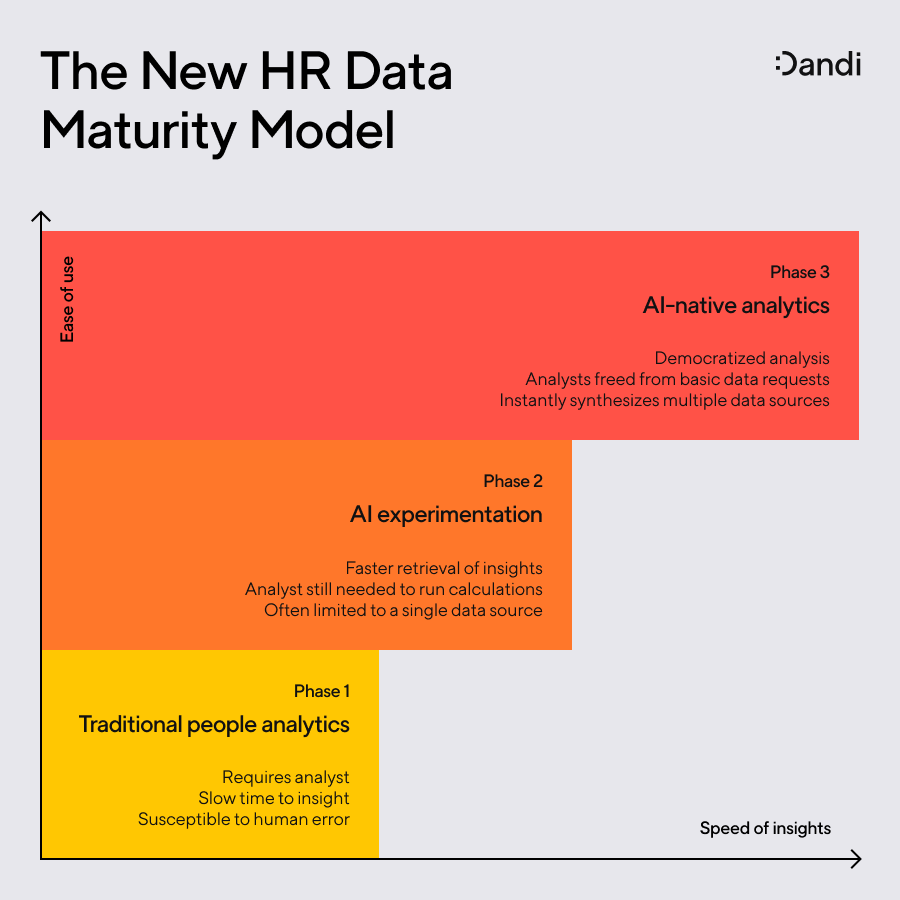
Stage 1: Traditional People Analytics
Key Characteristics
- Use of traditional tools like spreadsheets and basic HR software
- Manual data entry and report generation
- Time-consuming processes for data extraction and analysis
Expected Outcomes
- Limited insights due to manual processes; infrequent data refreshes
- High dependency on HR analysts for even minor data requests
- Basic understanding of workforce trends
At this foundational level, companies rely on tools like spreadsheets and basic HR software to manage HR data. While they may collect substantial data, they often struggle to extract its full value. Data is fragmented across spreadsheets and workplace systems, and HR leadership depends heavily on analysts to fulfill data requests necessary for building compelling business narratives.
This has rendered people analytics a check-the-box activity for many orgs, rather than a strategic imperative. When data is so challenging to use at even a basic level, HR teams often refrain from pursuing deeper analyses.
Sharona Abramson, SPHR, founder of Total Inflection Points, a total rewards consulting company, says complex analysis is tough because, in her field, “You may have big ambitions for analysis, but when analyst resources are limited there’s only so much you can do.”
What’s more, the hands-on nature of traditional data workflows makes them susceptible to human error. “Manipulating data in spreadsheets is cumbersome. There’s always the opportunity for mistakes, given that spreadsheets are made of formulas, and there are many opportunities for issues with the logic and the formula,” says Abramson.
This limited ability to generate insights impacts the whole business over time. As Fernandez points out, “There's going to be this bifurcation where more data-mature companies, leveraging native-AI platforms, know their people inside and out and build more compelling workplaces because of that.”
Stage 2: AI Experimentation
Key Characteristics
-
Integration of AI tools to automate data extraction
-
Continued reliance on HR analysts for complex data analysis and interpretation
-
AI enhances data retrieval but lacks advanced analytical capabilities
Expected Outcomes
-
Improved data retrieval efficiency
-
Reduced but still significant dependency on analysts
-
Better access to data but limited analytical depth
At this stage, companies are experimenting with AI, incorporating it as an add-on to existing HR systems. AI helps these organizations get better answers faster, enabling employees to engage more broadly with data. But since these AI tools are layered on top of existing HRIS systems and people analytics platforms, functionality remains less cohesive. Companies are still reliant on data analysts for more than basic data retrieval or content creation, limiting their ability to fully harness the power of AI.
With AI tacked on to existing business systems, these solutions primarily present a three-fold challenge:
First, bolt-on AI often cannot work across multiple data sets, which limits the insights they reveal.
Second, these solutions may fail at performing complex calculations. “Bolt-on solutions being used in the data analytics realm usually act as a retriever,” says Mamdouh AlRamadan, CTO and co-founder of Dandi. They can find data if it exists, but they cannot function as a data analyst would.”
Third, ensuring privacy and security is tough with bolt-on solutions, as they may struggle to incorporate key organizational protocols to keep data safe.
Taken together, these hurdles mean HR is still reliant on analysts for more advanced analytic work. This prevents people teams from accelerating their time to insights and creating efficiency across the function and ultimately the organization.
Stage 3: AI-Native
Key Characteristics
-
Use of platforms built with AI at their core, eliminating the need for bolt-on solutions
-
Natural language processing capabilities for data queries
-
Automated, real-time data monitoring and alerts for workforce trends
Expected Outcomes
-
Significant reduction in reliance on HR analysts
-
Ability to run complex calculations and generate insights without coding
-
Proactive workforce management through real-time alerts and trend analysis
By adopting AI-native platforms like Dandi, companies stand at the leading edge of HR data maturity.
At this stage, companies democratize analysis across the organization. Everyday users — from associates to HR leaders — can run sophisticated calculations and generate new insights without needing special training.
Team members can get on-the-spot answers to maintain the momentum of the conversation. For instance, a recruiter can quickly assess the effectiveness of different sourcing channels. Or, a total comp specialist could model the impact of proposed changes to the company’s benefits provider.
Companies at this stage are working more efficiently top to bottom thanks to the rate at which key questions are being answered and transformative insights are being discovered.
“With native AI, you can ask three, four questions in quick succession that would take an analyst weeks to finalize,” says Mamdouh AlRamadan, CTO and cofounder of Dandi.
Say you’re looking to understand the correlation between attrition and salary, and you want to segment by department, gender, and caregiver status. With traditional people analytics, this would take you weeks, and bolt-on AI wouldn’t even be able to correlate the data.
“If you ask Dandi AI, it'll tell you, ‘Well the correlation is X and Y and Z,’ or, ‘Women in Austin are leaving faster than women in NYC, whom they’re being paid equal to.’ And It’ll give you all of the information on the spot in about 30 seconds,” says AlRamadan.
“Companies at this stage are working more efficiently top to bottom thanks to the rate at which key questions are being answered and transformative insights are being discovered,” says Fernandez. “They'll be able to build a better company culturally, innovate faster, and deliver better results — and they'll do so more efficiently.”
Navigating Data Maturity
In the past, doing “advanced” data work meant greater complexity and increasing reliance on specialization. The new Maturity Model for HR Data reverses this model completely: by leveraging AI-native platforms, HR organizations now have the opportunity to gain far greater insight, while significantly reducing operational complexity.
This is a tremendously exciting moment for HR leaders. The potential to democratize data workflows across the HR function creates powerful new possibilities for workforces of every size—and we are still in the very early days of understanding the potential impact of this shift.
If you would like to learn more about leveraging generative AI with your HR data, please reach out to us at Dandi. We’d love to help you take your organization to greater, simpler levels of data maturity.
Not all AI is created equal. Learn the difference between fake AI and real AI for HR data.
More from the blog
Announcing more powerful Dandi data visualizations
Team Dandi - Oct 23rd, 2024
The New Maturity Model for HR Data
Catherine Tansey - Sep 5th, 2024
Buyer’s Guide: AI for HR Data
Catherine Tansey - Jul 24th, 2024
Powerful people insights, 3X faster
Team Dandi - Jun 18th, 2024
Dandi Insights: In-Person vs. Remote
Catherine Tansey - Jun 10th, 2024
Introducing Dandi AI for HR Data
Team Dandi - May 22nd, 2024
5 essential talent and development dashboards
Catherine Tansey - May 1st, 2024
The people data compliance checklist
Catherine Tansey - Apr 17th, 2024
5 essential EX dashboards
Catherine Tansey - Apr 10th, 2024
Proven strategies for boosting engagement in self-ID campaigns
Catherine Tansey - Mar 27th, 2024
